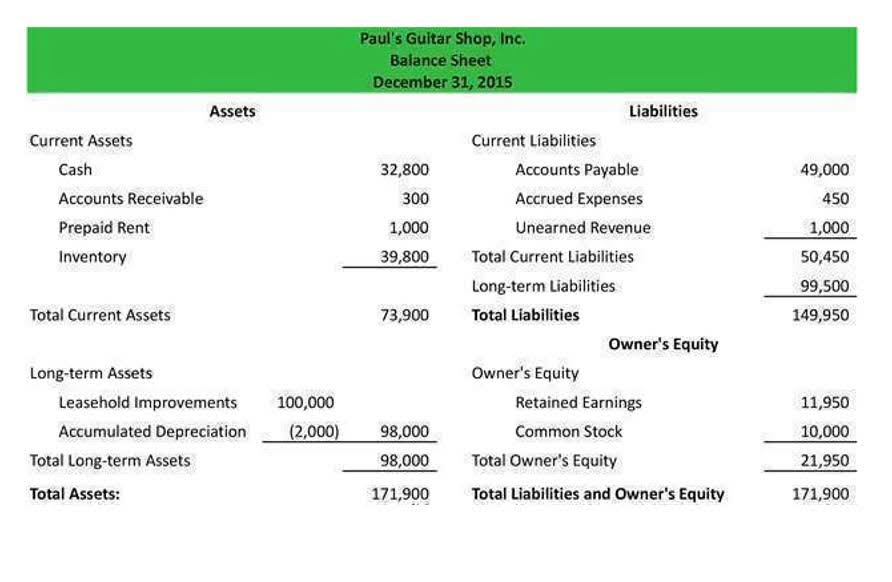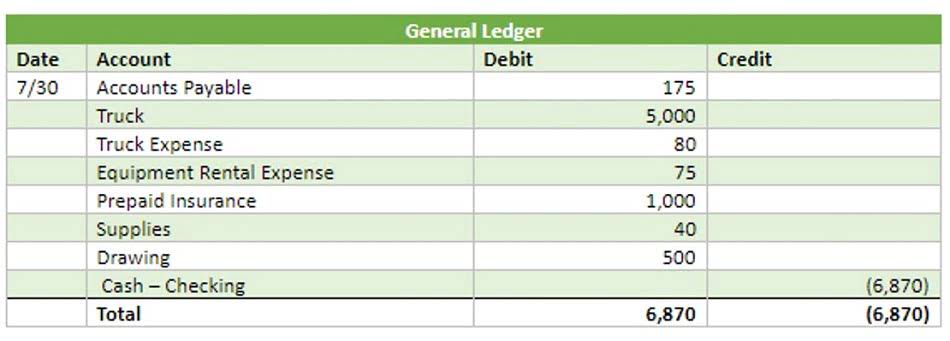
Total manufacturing cost (TMC), on the other hand, includes all production costs within a given time frame, regardless of what was finished or sold. Direct costs are normally the more flexible expenses that change total manufacturing cost formula depending on the amount of production taking place. Whereas indirect costs are usually seen as more constant, as they have perhaps been fixed in advance (such as the overheads mentioned in the previous section).

The cost of direct labor refers to the direct labor that contributes to the manufacturing of a product or a service during a given period. The cost of direct materials is the cost of the materials used for the manufacturing of a product or a service during a given period. Overhead costs are the costs that are not directly related to the manufacturing of a product or a service, but they contribute to the firm’s profit-making activities. Total direct production cost is the sum of all costs directly attributed to producing a product, such as raw materials and direct labor. Imagine a toy manufacturer calculating the total direct manufacturing cost for a specific toy, including the cost of plastic, paint, and the wages of the workers assembling it. Indirect manufacturing costs include the costs of labor and materials as well.
Direct labor costs
Collaborating with manufacturers to write process improvement case studies, Madis keeps himself up to date with all the latest developments and challenges that the industry faces in their everyday operations. To calculate the employee’s cash salary (basic pay plus allowances), add the company’s contributions to the employee’s benefit funds. Manufacturing overhead does not include wages for administration, sales, marketing, office rent, and other staff salaries. The Cost of Goods Manufactured (COGM) and Cost of Goods Sold (COGS) are both calculated using the Total Manufacturing Cost (COGS). Cost-cutting measures can often be used to streamline your processes as well. Removing steps from the production process to save money also increases efficiency, resulting in faster production of items (which leads to greater customer satisfaction).
- It is more difficult to precisely assign some manufacturing overheads to the total manufacturing cost.
- This knowledge is essential in pinpointing the primary cost drivers, enabling businesses to implement targeted measures to control and reduce costs.
- These workers are responsible for converting the raw materials into the finished goods.
- Indirect manufacturing costs include the costs of labor and materials as well.
- This data is also shared with other features, such as our dashboards and reports.
- You’re probably wondering what all those terms mean, and we’ll get to that.
After using the total manufacturing cost formula to work out your overhead expenses, direct, and indirect costs, you can start to break down where inefficiencies in your production process exist. There are various costs that need to be allocated to the finished goods to calculate the manufacturing cost. These include rent, electricity expenses, depreciation of equipment used in production, shared raw material costs, and more. Viindoo software allows you to collect and allocate these costs to respective finished goods, while also helping you track allocated and unallocated costs to avoid duplicate accounting. Does your company calculate direct labor costs per hour or standard cost for each work order? Viindoo software allows you to configure the corresponding labor cost calculation method.
What you need to calculate your total manufacturing cost formula?
To calculate the employee’s cash salary (basic pay plus allowances), add the company’s contributions to the employee’s benefit funds. The company employs eight shop floor workers who are directly in charge of production. Four of them have seniority and/or special skills and earn $2,600 per month, while the remaining four earn $2,200 per month. It may also shine a light on costs that have, over time, become extortionate without you realising. This newfound visibility around spend could lead to a renegotiation with suppliers, to attain cheaper deals.
- Imagine a toy manufacturer calculating the total direct manufacturing cost for a specific toy, including the cost of plastic, paint, and the wages of the workers assembling it.
- For the sake of this example, let’s pretend that each assembly kit consists of $200 in raw materials.
- During the production period, Flying Pigs purchased an additional $23,200 in raw materials.
- This could be material costs (for example, raw materials) and time costs (staff wages).
- The direct labor would be the salaries of the workers who cut the wood, assemble the pieces and then paint the dog house.
Due to a staffing shortage, only 750 blankets could be produced by the end of the period, lowering the COGM to $15,000. Regardless of the number of blankets made during the production process, $20,000 was still allocated for the labor, overhead, and materials used in this production run. George calculates the TMC by adding the cost of direct materials, the cost of direct labor and the overhead costs. It is more difficult to precisely assign some manufacturing overheads to the total manufacturing cost. Do note, however, that direct labor costs generally do include retirement funds, holiday pays, payroll taxes, and any additional fees that direct laborers bring with them. Some companies may even decide to include costs related to training the production staff in direct labor costs.
Difference Between Overapplied & Underapplied Overhead
Before work hits the production line, one must know how to calculate manufacturing cost. The direct labour hourly rate is the sum of all wages, plus payroll taxes and fringe benefit costs for the period. The goal is to factor in variable costs – like staff with higher or lower pay rates – to gain a single value for the cost of an hour of work.
As already mentioned, the factors affecting the factory price are divided into external and internal. General and administrative expenses could be included in manufacturing costs by allocating these expenses based on a manufacturing metric such as labor hours or machine hours consumed in making the products. Even though the total manufacturing cost formula is a relatively easy calculation to make, it does require a lot of input from different areas of your business. When less material is wasted, there is less need to purchase new raw materials, which can save money. When you know the total cost of manufacturing a product, you can find ways to reduce that cost more easily. This can lead to lower prices for consumers and increased profits for businesses.
發佈留言